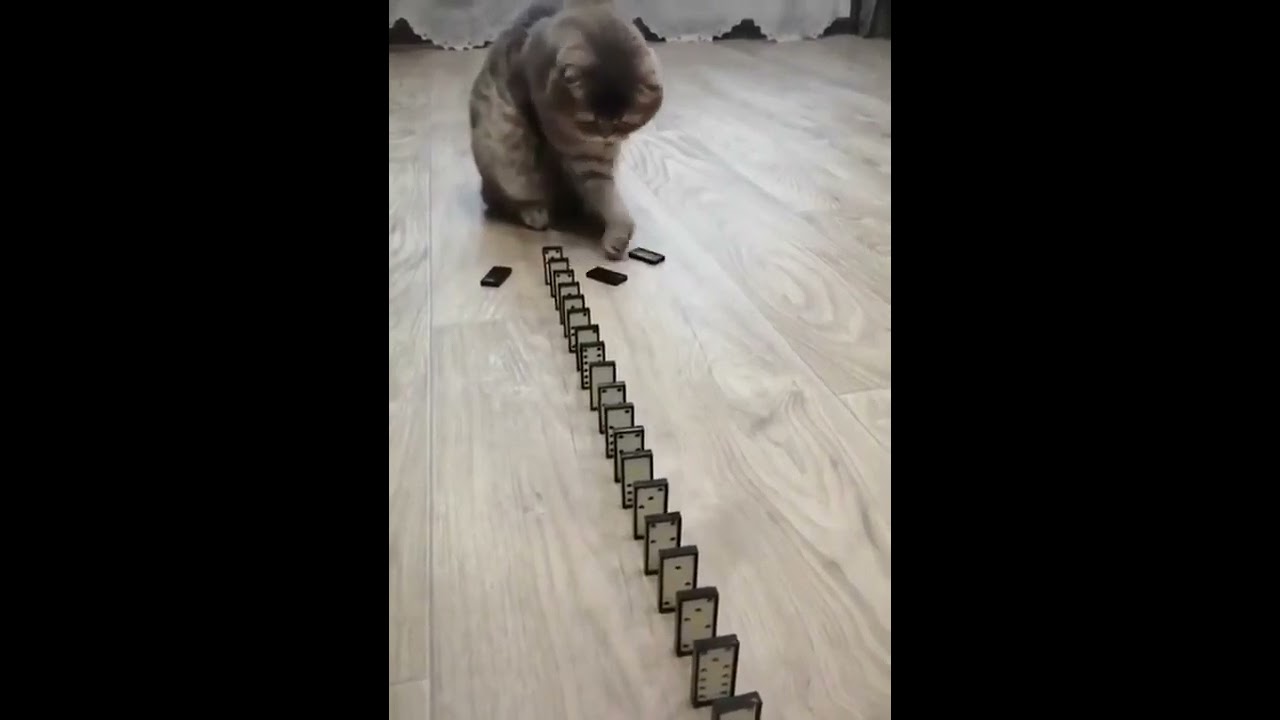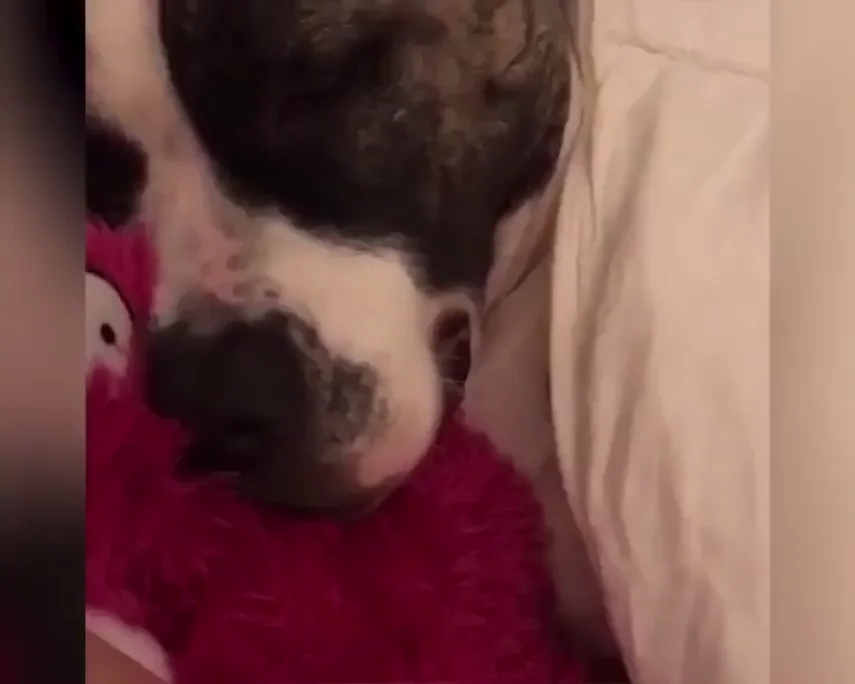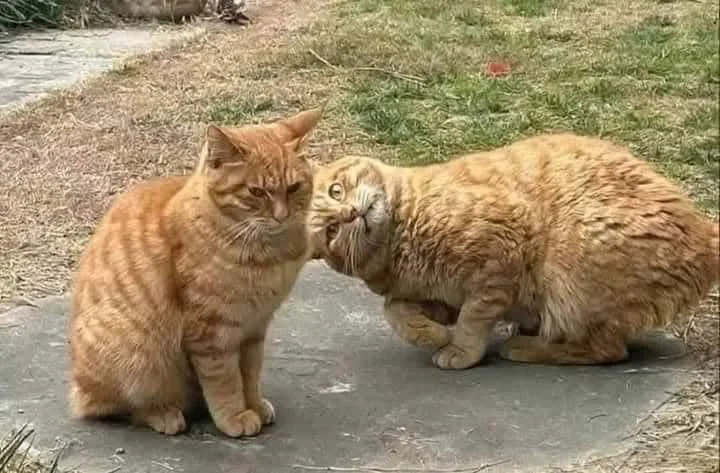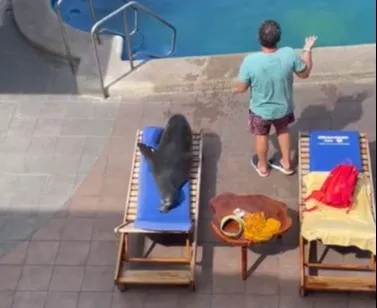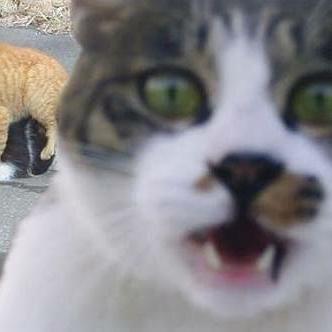Here’s a reliable recipe for high-stakes tension in the Alaskan bush: one hungry bear mixed together with one protective mother moose, and – the key ingredient to tie it all together – a brace of dewy-eyed moose calves.
Footage from this past May, recently uploaded online, shows this recipe in action. Apparently taken near Anchorage, Alaska, the minutes-long video shows a black bear do its darndest to snatch one of two little moose-lings, stymied at every turn by their ferociously defensive mama
and making regular retreats up birch trees to avoid being pummeled:
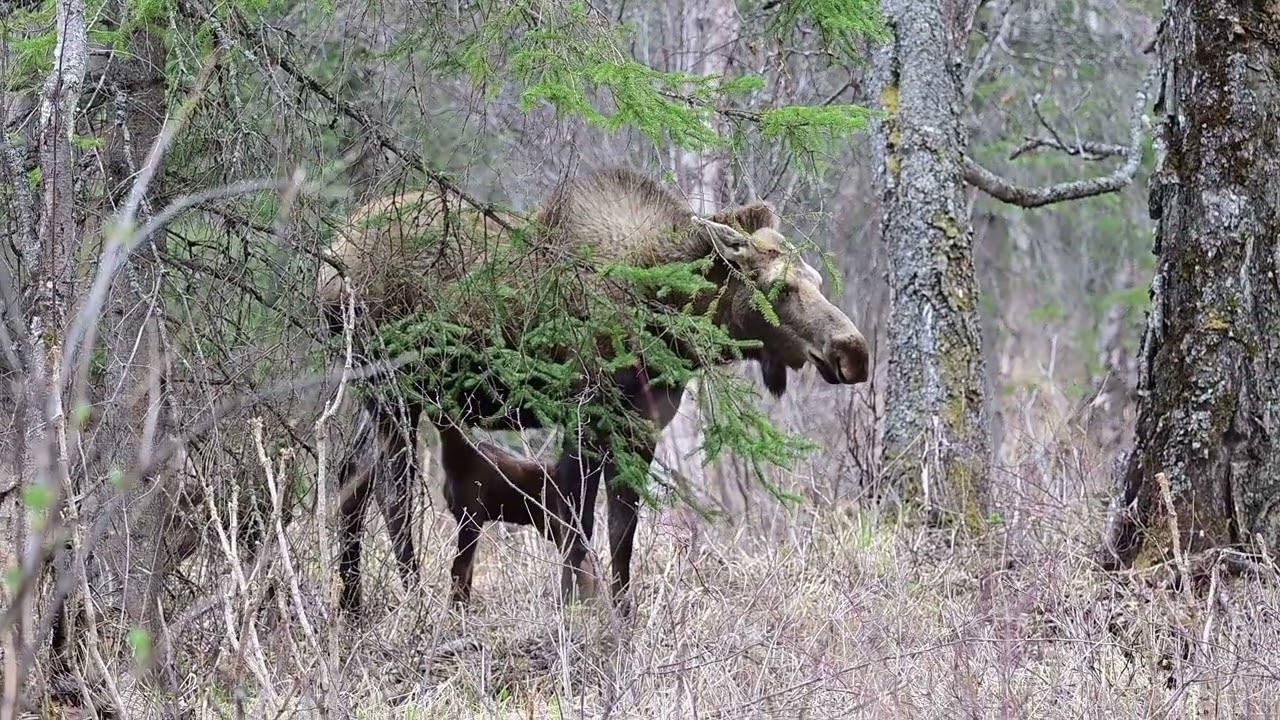
You can almost feel the black bear’s frustration: “But they’re sooooo close…” Apparently jonesing big-time for moosemeat, the bear is remarkably dogged in its predatory attempt. When you watch that towering cow moose, though, with her mane bristling, ears flattened, and front hooves kicking out, it’s clear the line between dogged and dumb is often a fine one.
In North America, both black bears and grizzlies can be significant, if opportunistic, predators of young ungulates in spring and early summer. From the hidden-away fawns of white-tailed deer to knock-kneed elk, bison, or caribou calves struggling to keep up with the herd, these youngsters are highly vulnerable to the powerful nose and fast rush of a foraging bear. Bears might systematically search tall grass and underbrush if they suspect a sequestered fawn or calf, and grizzlies may rush a herd of elk in hopes a calf will straggle behind:
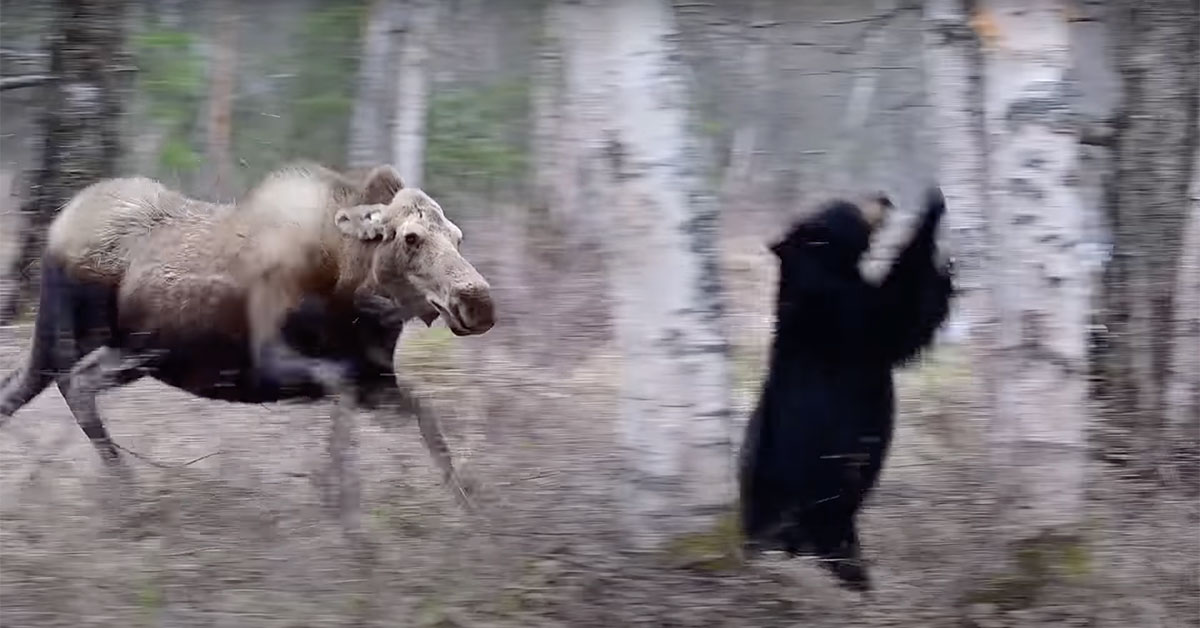
While deer or elk often don’t actively defend their young against a bear (though there are exceptions), the same can’t be said for moose. Moose aren’t only the biggest members of the deer family, they’re also among the most aggressive. As often as they might run from, say, a wolf pack, they’re just as liable to stand and fight – in which case their odds for survival generally go up.
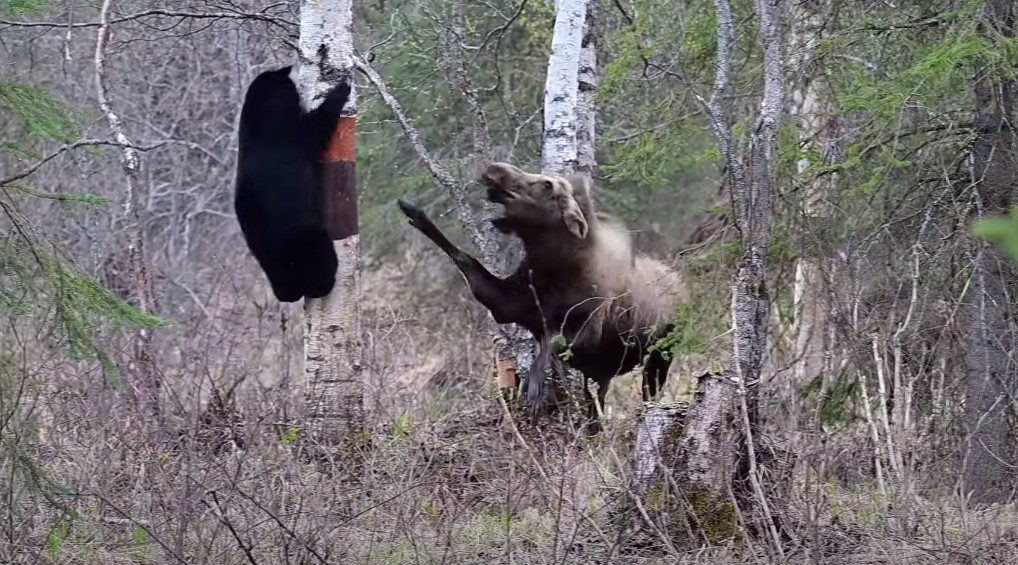
A cornered, angry moose is among the animals you’d least want to run into in the northern forests or mountainscapes of North America or Eurasia (where, mind you, these giant deer are widely called “elk”). They famously injure more people in Alaska than bears. (While we’re on the subject, now’s a fine time to bone up on staying safe around moose.)
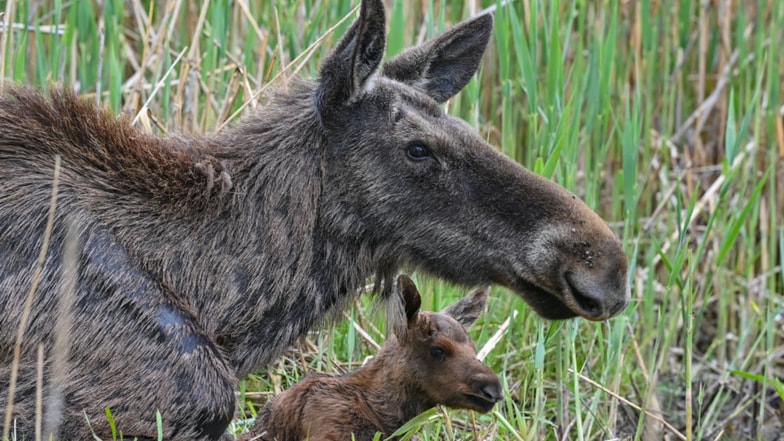
A bear – even a big grizzly, let alone a smaller black bear – therefore often faces a stiff challenge trying to snack on an otherwise defenceless moose calf. Despite a cow moose’s best efforts, though, ursine doggedness sometimes does win out. Last year, a grizzly bear in Montana’s Glacier National Park was filmed killing a moose calf (sensitive viewers might want to skip the footage), then returning to try for its sibling – only to be driven off by the cow.
It’s easy enough to cheer for the mother moose in the recent Alaska footage, and to pity that grizzly-slain calf in last year’s Glacier video. Keep in mind, though, that a baby ungulate represents a caloric boon for a bear that may be trying to weather the lean spring stretch between snowmelt and major vegetative green-up, or nursing two or three of her own offspring. And, of course, remember that this kind of predation serves to keep ungulate populations healthy and in check.

